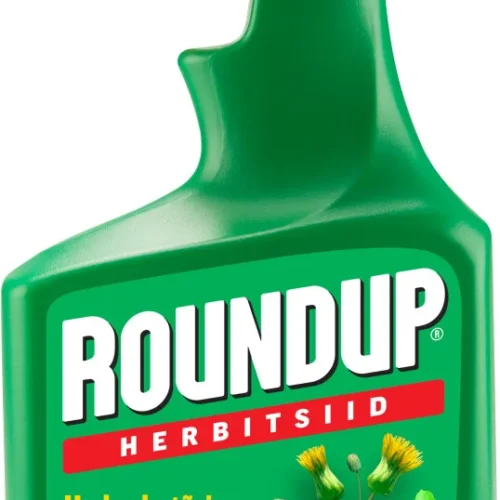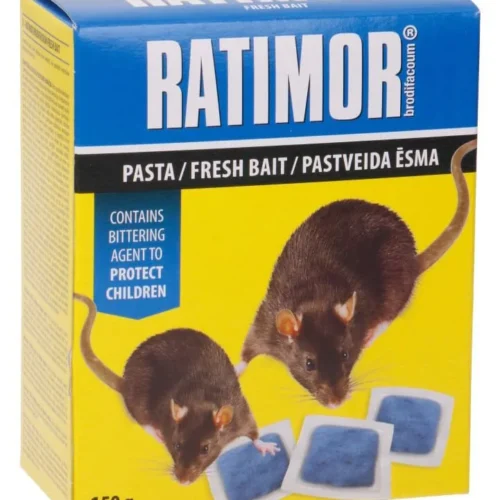For controlling slugs and snails in fields, vegetable, fruit, and ornamental gardens, and greenhouses. Ready-to-use bait containing 24.2 g/kg iron(III) phosphate.
The molluscicide should be used during the initial stages of plant growth when cultivating sugar beet, fodder beet, beetroot, swede, turnip, carrot, celeriac, radish, oilseed crops, cereals, lawn, and forage grasses. In later growth stages, control may not be effective.
Slugs that consume the bait will burrow underground due to the effect of iron(III) phosphate, where they die. Therefore, you won’t see dead slugs. The impact of the control might not be immediately visible, so it should be measured by the reduction in feeding damage observed on crops. The effectiveness of IRONMAX PRO can thus only be assessed by a decrease in the number of damaged plants.
Mechanism of Action
- Slugs that consume the bait burrow underground due to the effect of iron(III) phosphate, where they die. This means you won’t see dead slugs.
- Therefore, the effect of the control may not be immediately observable.
- It should therefore be measured based on the reduction in visible feeding damage to crops.
- The effectiveness of control with IRONMAX PRO can therefore only be assessed by the reduction in the number of damaged plants.
Application
IRONMAX PRO can be applied using a mechanical spreader or by hand.
It’s better to spread the molluscicide by hand on smaller areas, such as in a greenhouse.
There is no data on the cohesiveness of the granules during widespread application or their persistence in outdoor conditions.
When applying, ensure the granules do not stick to leaves, flowers, or other plant parts.
Use mechanical means to move containers weighing over 25 kg.
Application Rate Recommendations
- Application rate per single use: 7 kg/ha = 70 g/100 m².
- Sometimes, repeated treatment is necessary, especially if the granules are consumed or if new offspring appear.
- The time interval between applications should be at least 5 days.
- The product can be used on a single crop for a maximum of 28 kg/ha per year.






























